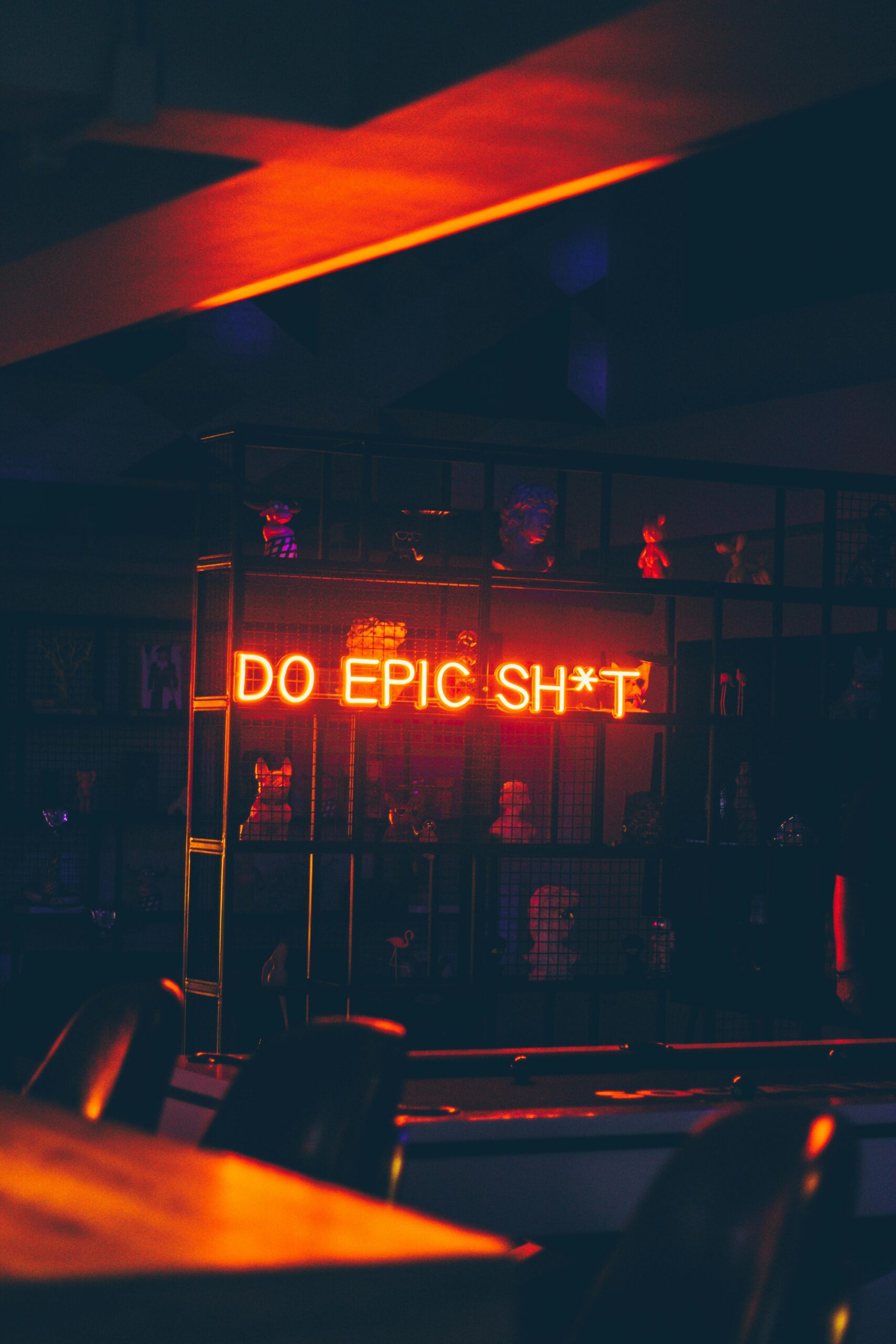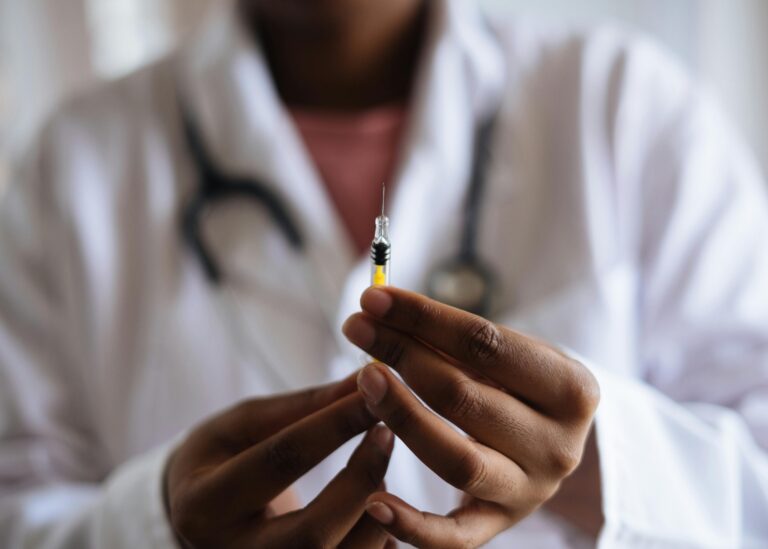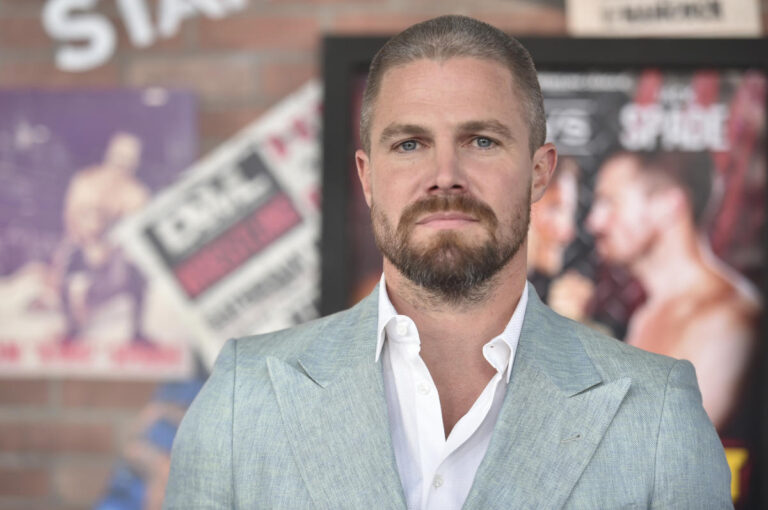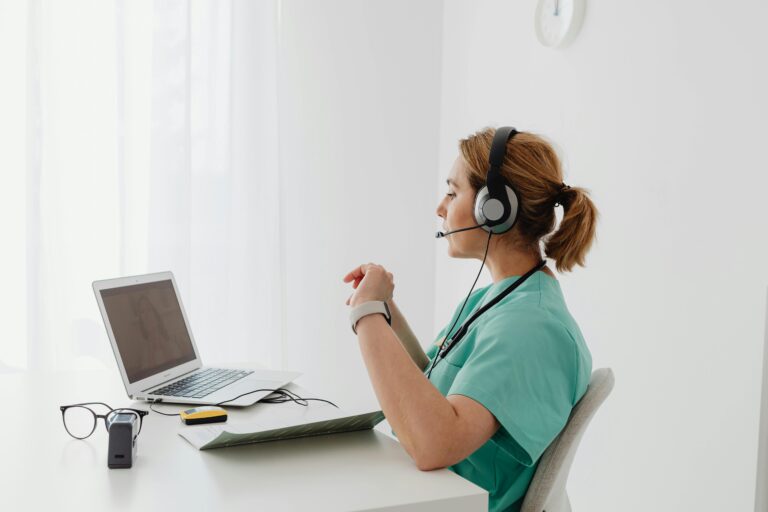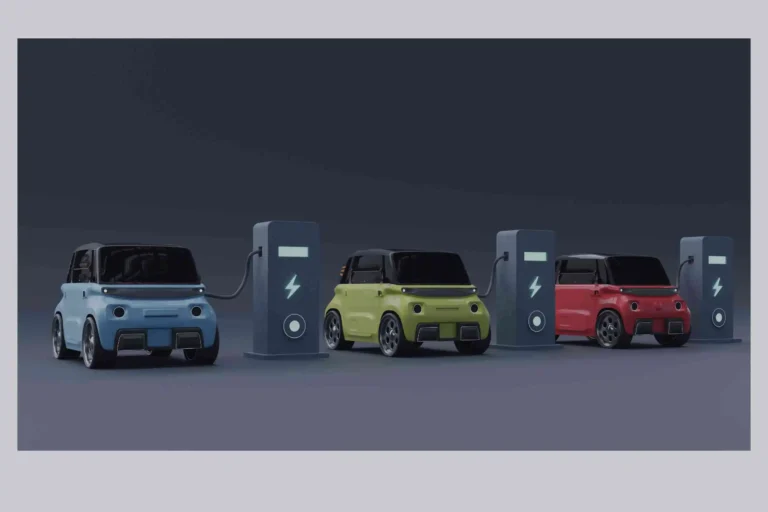Health Equity in Fun Times: Why Access to Entertainment Impacts Well-Being
We often think of entertainment—movies, concerts, theater—as a luxury. As something we do for fun. But new research makes it clear: engaging with arts and culture isn’t just about enjoyment. It’s a key part of health, well-being, and equity. How many people can access and afford those experiences matters—not only to the culture around us, but to how strong a society we are.
Entertainment & Mental Health: A Powerful Connection
A recent UK study found that people who engage regularly with arts and culture have better mental and physical health. Just going to an art exhibit, participating in creative activities, or seeing a play can reduce depression, improve quality of life, ease loneliness, and even help reduce dependence on medication. For older adults, such experiences have been linked to reduced pain, less frailty, and lower rates of cognitive decline. (The Guardian)
Another recent study by the USC Norman Lear Center showed an increase in positive, more respectful portrayals of mental health in TV shows. These portrayals help reduce stigma, encourage people to seek help, and make people feel less alone when they see characters similar to themselves dealing with real issues. (USC Annenberg)
When Access Is Unequal, Health Suffers
Not everyone gets to attend concerts, theater, or have access to artistically rich programs. Barriers like cost, location, mobility, and cultural relevance make arts participation easy for some but hard for others. If you can’t afford tickets, don’t have a theater nearby, or don’t see your identity reflected in the content, those benefits are much harder to capture.
Think about communities where arts funding has been cut. Museums, performances, even local cultural festivals may become expensive or disappear. That means people in these areas miss benefits others take for granted: stress relief, sense of belonging, opportunities to be creative, or exposure to different perspectives.
Culture as Preventive Health
We tend to treat culture as a cherry on top—fun, nice, but not essential. But several reports argue it should be considered part of preventive health:
- Arts and cultural engagement lowers likelihood of depression and anxiety, supports emotional resilience.
- Creative participation (singing, dancing, art classes) helps people build connection, self-expression, and improves mood.
- Portrayals of mental health in media have power: when characters show vulnerability, seek help, or live through trauma in authentic ways, audiences are more likely to reflect, empathize, or reach out. (USC Annenberg)
These aren’t small tweaks. As health researchers point out, reducing stigma, enabling community engagement via culture, and easing stress can translate into fewer doctor visits, less pressure on health systems, and stronger overall wellbeing.
Why Entertainment Should Be Part of the Equity Conversation
Health equity means everyone has a fair chance to achieve their best health. That includes mental, emotional wellbeing—not just the absence of illness. When entertainment is accessible and inclusive, it becomes part of what levels the playing field.
Some parts of this:
- Programs in schools and community centers so kids from all income levels get exposure.
- Free or low-ticket performance days, sliding scale for arts events.
- Media storytelling that includes diverse voices, identities, mental health experiences. When you see someone like you navigating issues onscreen, it matters.
- Policies that fund arts and culture—public support, grants for local arts, support for under-represented creators.
What Works, What’s Changing
It’s not wishful thinking—there are signals things are moving:
- The Norman Lear Center study shows industry moving toward more responsible and accurate depiction of mental health. (USC Annenberg)
- UK’s government-funded research estimates that arts and culture generate billions in value every year through improved quality of life, reduced health costs, and productivity gains. (The Guardian)
- Organizations (both nonprofit and commercial) increasingly see arts participation programs as part of well-being initiatives in healthcare, aging, and mental health work.
What Should Change Going Forward
To close the gap and make entertainment truly part of health equity, here are ideas:
- Increase support (public & private) for arts in underserved communities (rural, low income, etc.).
- Ensure cultural events consider accessibility: price, physical accessibility, timing, cultural relevance.
- Encourage media that tells real stories: mental health journeys, diverse experiences, life challenges.
- Build partnerships between health systems and cultural institutions—arts programs in hospitals, libraries, or clinics.
Entertainment isn’t just fluff. It’s medicine for the mind. It’s food for the soul. And when everyone has access, the benefits spread: better mental health, stronger communities, less isolation.
As we talk about culture, health, and policy, we have to stop seeing arts and entertainment as extras. They are core to how we live—and how healthy we can be.

